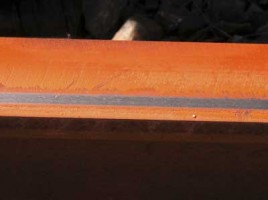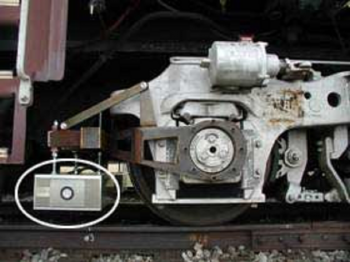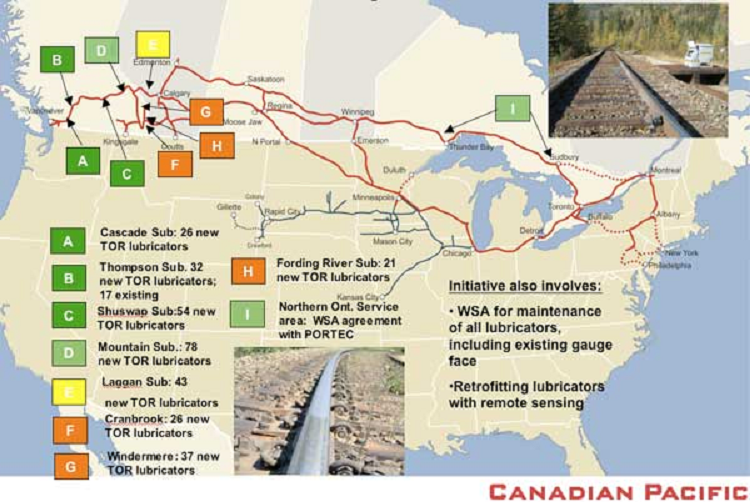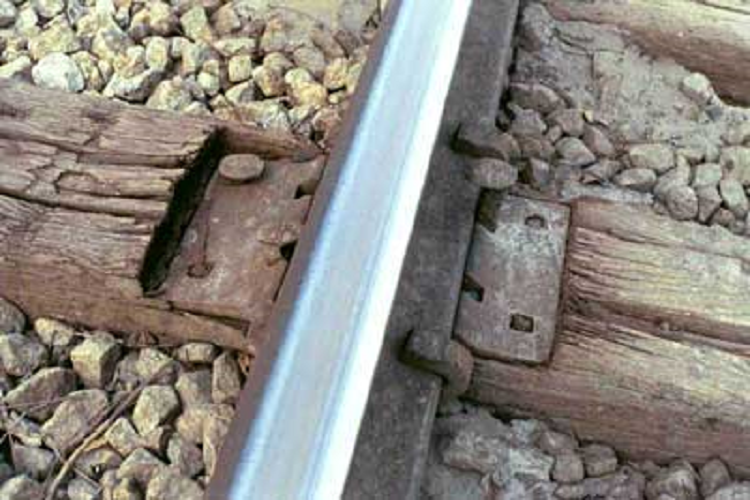The What, Where, Why and How of Rail Grinding
The Art and Science of Rail Grinding, by Allan M. Zarembski Book review by Bob Tuzik • March, 2006 If you’re like me, your filing cabinet is stuffed with articles from various publications. If you’re organized, you may have a specific folder or binder with articles on rail grinding clipped …






